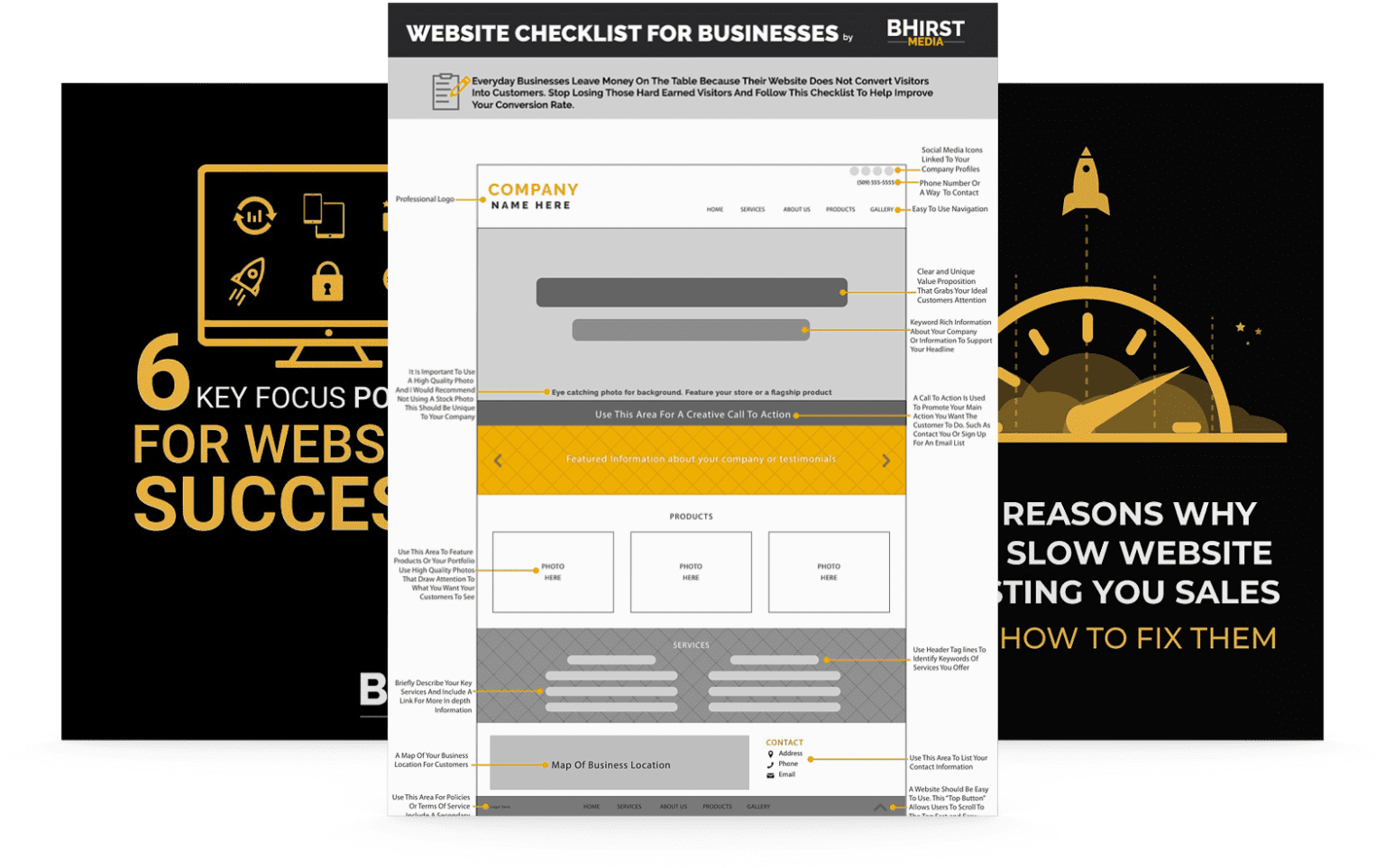
Unlocking the potential of a small business growth often means looking beyond traditional methods and discovering hidden opportunities. This article explores actionable growth strategies, illuminating often-overlooked areas like authentic community engagement and strategic partnerships, to inspire business owners to optimize their resources for sustained success.
By exploring these often-underused strategies, small business owners can uncover game-changing opportunities for significant growth. Ahead, we’ll dive deeper into these transformative concepts, offering actionable steps and real-world examples to help maximize your business’s true potential and achieve sustainable expansion.
You might be sitting on a goldmine without even knowing it. The key to unlocking exponential opportunities within your small business lies in unconventional strategies and a keen eye for untapped potential that is often right under your nose.
Small businesses frequently overlook the treasure trove of hidden resources, unrealized growth potential, and vibrant community support just waiting to be activated. From unearthing intrinsic strengths to forming strategic local alliances, a wealth of opportunities awaits those who dare to explore beyond conventional methods.
Let’s delve into a range of impactful small business growth strategies—designed not just to survive, but to thrive. Discover how your business can systematically tap into these hidden gems, transforming potential into tangible success.
At the core of every thriving small business lies a vibrant community—comprising not only customers but also neighbors, fellow businesses, and engaged local organizations. Earnestly engaging with your community transcends mere public relations; it’s a strategic imperative that catalyzes growth in profound, often unforeseen ways. For instance, consider how a local bookstore might transform into a cultural hub by hosting author readings, book clubs, and poetry slams. Such initiatives not only draw diverse crowds into the store, boosting visibility, but also forge meaningful personal connections and transform casual browsers into repeat patrons and dedicated brand advocates.
A café nestled in the heart of a historic district discovered phenomenal success by offering weekly jazz nights featuring local musicians. These events drew crowds of music lovers and community members, with many staying to enjoy the café’s offerings. The tangible impact? Beyond the surge in evening sales, the café cultivated a loyal following. They also gathered invaluable feedback during these events, which directly influenced new menu items and themed nights, tailored specifically to community preferences. Engaging authentically with your community early and often is the key to unlocking hidden opportunities for dynamic and sustainable small business growth.
Nurturing thriving relationships with your community demands time, dedication, and genuine intentionality. Here are actionable steps small business owners can embrace:

In today’s intensely competitive environment, strategic partnerships represent a savvy, efficient pathway to scale your business without the heavy overhead traditionally associated with expansion. These collaborative alliances enable small businesses to share expertise, optimize resources, and, crucially, broaden their reach by tapping into each other’s established customer bases. For example, consider a boutique fitness studio partnering with a nutritionist to offer bundled wellness packages, providing a holistic solution that attracts health-conscious clients while leveraging each partner’s unique expertise and network.
Consider “Burger Bliss,” a local food truck specializing in gourmet burgers. They forged a strategic partnership with a nearby brewery to offer exclusive burger and beer pairings on weekend evenings. This mutually beneficial arrangement not only boosted both businesses’ sales but also significantly expanded their customer bases through cross-promotion, resulting in a 50% increase in weekend revenue. This partnership allowed Burger Bliss to penetrate a new market segment and enhanced the brewery’s appeal, perfectly illustrating the power of local partnerships for accelerated business development.
Across different sectors, strategic partnerships yield considerable growth. In healthcare, a small physical therapy clinic could partner with local sports teams to provide injury prevention workshops and discounted services to athletes, securing a consistent stream of clients and establishing themselves as a community health hub. In environmental science, a conservation organization may partner with a local university. The university could then offer research assistance or student interns for the organization.
To ensure strategic partnerships function optimally and deliver tangible results, small business owners should thoughtfully consider:
Resource optimization transcends mere cost-cutting; it embodies a strategic commitment to ensuring every available asset is leveraged to its fullest potential, driving maximum value for your business. For small businesses operating with constrained time and limited resources, this mandates a creative, resourceful approach to extracting more value from existing assets. For example, a small accounting firm could invest in cloud-based accounting software, allowing staff to handle more clients using automation tools.
Consider “The Daily Grind,” a neighborhood coffee shop that strategically revitalized its business during a slow season. By repurposing their space for evening events such as open mic nights and poetry readings, they transformed a daytime café into a vibrant community hub. This pivot not only enhanced revenue but also significantly increased their brand recognition and customer loyalty. This exemplifies the principle of maximizing business resources by thinking outside the box and identifying hidden opportunities.
Implementing effective resource optimization strategies involves more than just frugality; it demands innovative, strategic thinking and meticulous planning:

Small business growth is not solely about reacting to current conditions but proactively anticipating future trends. Businesses should embrace agile planning and flexible business models to adapt quickly to market changes, technological advancements, and evolving customer behaviors.
Small business growth strategies hinge on a proactive and innovative approach to identifying and nurturing the often-overlooked opportunities embedded within your existing operations, community connections, and strategic alliances. By strategically focusing on these multifaceted areas, small business owners can unlock their true potential, drive substantial success, and build a resilient, thriving enterprise with minimal capital investment. Looking ahead, businesses that cultivate adaptability, data-driven decision-making, and strong community ties will be best positioned to thrive in an ever-evolving and competitive landscape.
